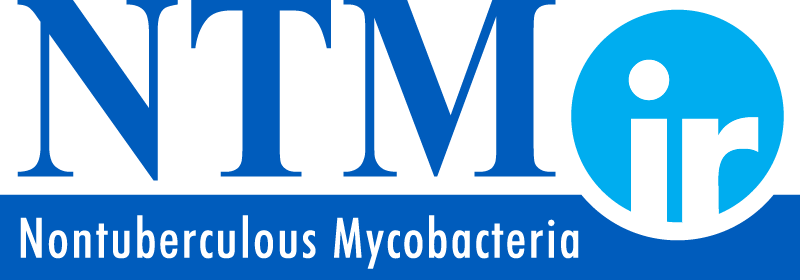Who gets NTM Lung Disease? And who gets Bronchiectasis?
NTM lung disease (pulmonary NTM disease) is not as well-known or understood as tuberculosis TB., There are certain underlying conditions (sometimes referred to as a comorbidity) that make some people more susceptible to NTM infection, such as prior lung infection as well as bronchiectasis (BE) and genetic diseases such as Cystic Fibrosis, Alpha-1 antitrypsin deficiency, and Primary Ciliary Dyskinesia (PCD), which often have a statistically demonstrable link with NTM.
In a substantial number of cases, NTM patients have one or more comorbidity. However, it is still not completely clear why some people get infected, and some don’t. A great majority of NTM patients also have bronchiectasis (BE) but we don’t usually know if the infection (NTM) or damage to the airways occurred first.
In the past couple of decades Nontuberculous mycobacterial lung disease in North America has been diagnosed predominantly (but not exclusively( in slender Caucasian post-menopausal women, but we are also seeing it in men, younger women, and children. The patient profile was different historically, but we are commenting on more recent disease patterns to serve our current patient population. .
Immunosuppressive medications such as chemotherapy, prednisone, or drugs used to treat conditions such as RA, psoriasis, and Crohn’s disease, have been shown to increase the risk of NTM infection.
Other underlying conditions include pneumonia, prior inhalation of inorganic dust including silica, GERD (gastroesophageal reflux disease, which is spillage of material from the esophagus into the lungs), Bronchiectasis (BE) COPD, emphysema, or cigarette-induced lung disease.
Who gets Bronchiectasis (BE) is a question that is not completely understood. We know that a lung infection can cause BE lung damage but what came first, the BE or the NTM? Aspiration of food into the lung can be a cause. We do know that it is important to treat both. Controlling infection can reduce symptoms of BE and its progression. Clearing airways with various pulmonary hygiene techniques can reduce exacerbations and improve breathing.
